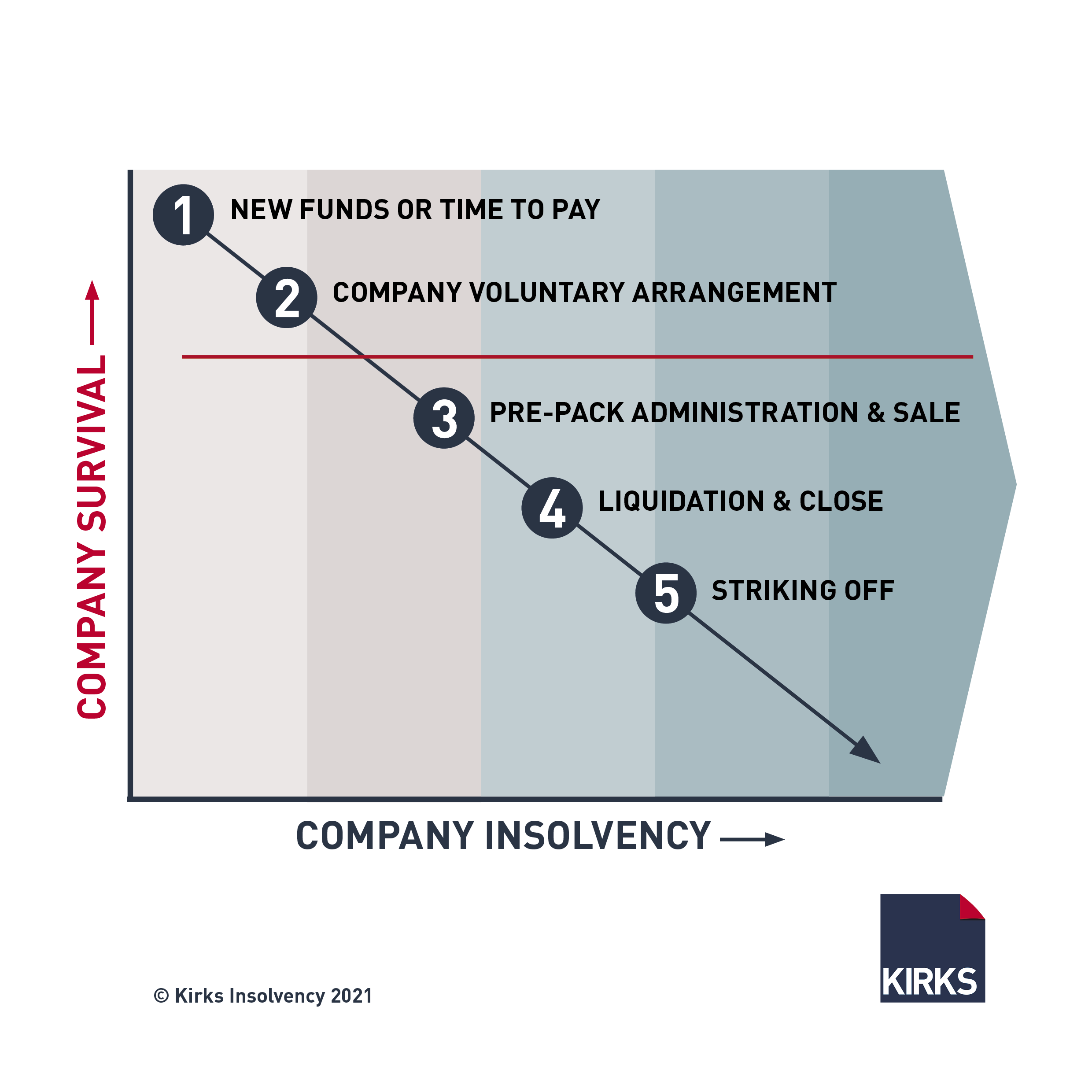What Does Insolvency Practitioner Do?
What Does Insolvency Practitioner Do?
Blog Article
Some Ideas on Insolvency Practitioner You Need To Know
Table of ContentsSome Known Details About Insolvency Practitioner Not known Facts About Insolvency PractitionerInsolvency Practitioner for DummiesNot known Details About Insolvency Practitioner Facts About Insolvency Practitioner RevealedInsolvency Practitioner Things To Know Before You BuyInsolvency Practitioner for Dummies
Insurance policy is kept an eye on and managed by state insurance coverage divisions, and one of their main purposes is safeguarding policyholders from the threat of a firm in monetary distress. When a company gets in a duration of monetary difficulty and is incapable to fulfill its responsibilities, the insurance policy commissioner in the company's home state starts a processdictated by the laws of the statewhereby efforts are made to help the firm restore its monetary ground.If it is figured out that the company can not be rehabilitated, the firm is declared insolvent, and the commissioner will certainly ask the state court to buy the liquidation of the business. The insurance commissioner, either designated by the guv or chosen, heads the state insurance coverage division and monitors and manages insurance task within the state.

[Back] By acquiring control of a firm, the commissioner (or the insurance coverage department) is, by legislation, the rehabilitator or liquidator of the business. In this capability, the commissioner or division takes control of the business's procedures. Rather than do so directly, the commissioner may retain a special replacement receiver to manage the firm's tasks.
The Insolvency Practitioner PDFs
The receiver supervises an audit of the firm's properties and liabilities and provides the estate of the company. In doing so, the receiver seeks to make best use of the business's properties, move them to cash, and afterwards distribute that cash to financial institutions having valid claims against the insurance provider in accordance with repayment priorities specified by state legislation (in all states, policyholders are top priority claimants whose insurance claims are paid prior to those of general lenders).
All insurance provider (with limited exemptions) accredited to offer life or health insurance or annuities in a state need to be participants of that state's guaranty association. The warranty organization accepts the commissioner and the receiver in pre-liquidation preparation. Once the liquidation is ordered, the warranty association provides coverage to the company's insurance policy holders who are state citizens (up to the levels specified by state lawssee listed below; any advantage amounts over the guaranty asociation advantage degrees come to be insurance claims versus the firm's continuing to be assets).
The above coverage degrees apply separately for every financially troubled insurer. [Back] When an insurance company falls short and there is a deficiency of funds required to satisfy the obligations to policyholders, state guaranty organizations are triggered. Warranty associations have two main sources of financing when providing protection to policyholders. First, warranty associations have subrogation rights to a proportional share of the properties continuing to be in the try this out failed insurance firm.
The Facts About Insolvency Practitioner Uncovered
Second, insurance firms doing company in that state are analyzed a share of the quantity called for to meet the section of the guaranty organizations' covered claims not or else moneyed with estate assets. The quantity insurance providers are assessed is based on the amount of premiums that they gather in that state. The National Organization of Life and Wellness Insurance Policy Warranty Organizations (NOLHGA) is made up of the life and wellness insurance guaranty organizations of all 50 states and the Area of Columbia.
NOLHGA establishes a task force of depictive warranty associations to deal with the insurance commissioner to develop a plan to shield insurance policy holders. For more information on NOLHGA's duty at the same time, see "What Is NOLHGA?" and "The Safeguard at the office." [Back]
You are here: Insolvency is when a firm or individual can not pay financial debts when they are due. There are numerous options readily available to a bankrupt firm or individual: ASIC controls companies, it does not manage personal bankruptcy treatments. To find out more concerning bankruptcy and individual insolvency agreements, see the Australian Financial Protection Authority website.
Insolvency Practitioner Fundamentals Explained
Anticipating protection by helping you choose the appropriate customers and the ideal markets to avoid uncollectable loan in the first location, thanks to acute financial evaluation (Insolvency Practitioner). Extensive market knowledge, giving you with 360-degree presence on business sectors and putting at risk problems. It would certainly be a simplification to assume a profession credit scores insurance policy starts and ends with costs and pay-outs
This can take place for more info here a variety of factors, including poor financial administration, unforeseen prices, or a modification in the marketplace. If a company is insolvent, it may be required to shut down or market off properties to pay creditors. This can have a significant effect on business, employees, and investors.
The Best Guide To Insolvency Practitioner
Why does a business get in right into insolvency? There are a number of reasons why a firm might enter right into bankruptcy.

The 9-Second Trick For Insolvency Practitioner
This can have severe ramifications for the business, its stakeholders, financial institutions and the economic climate. The firm might be compelled to offer properties, lay off staff or also close down. This can have a ripple effect on the regional community and the economy as a whole. Financial institutions might sites be neglected of pocket and the business's shareholders may see their financial investment disappear.
This can take place for a variety of factors, including inadequate financial monitoring, unforeseen costs, or an adjustment on the market. If a firm is insolvent, it might be compelled to shut down or liquidate assets to pay lenders. This can have a major impact on the company, employees, and investors.
The Ultimate Guide To Insolvency Practitioner
Why does a firm enter into bankruptcy? There are a number of reasons why a company might get in right into insolvency.
Other factors for bankruptcy consist of fraudulence, mismanagement, and unexpected prices. When a business ends up being insolvent, its possessions are made use of to settle its financial obligations. This can have a significant effect on business, as it may no longer have the ability to proceed running. Insolvency can also bring about task losses and the closure of companies.
This can have major effects for the company, its stakeholders, financial institutions and the economic climate. The company may be compelled to sell possessions, lay off personnel or also close down. This can have a ripple effect on the regional community and the economic situation overall. Financial institutions might be left out of pocket and the business's investors might see their financial investment disappear.
Report this page